Exploring Biophilic Design: Enhancing Lifestyle and Wellbeing
Biophilic design, derived from the term 'biophilia' coined by psychoanalyst Erich Fromm and popularized by biologist Edward O. Wilson, refers to an inherent love for the natural world and living things. It identifies an intrinsic connection between humans and nature that can be harnessed to create healthier and more fulfilling living and working environments. This article will explore the significant benefits of biophilic design on individuals' lifestyle, wellbeing, and productivity, underpinned by scientific studies and architectural models.
What is Biophilic Design?
Biophilic design is an innovative design approach that incorporates direct and indirect elements of nature into the built environment. It mimics natural elements in aesthetics and forms, creating spaces that diffuse boundaries between the indoors and the outdoors. Biophilic design principles are applied across various environments from homes, to offices, educational institutions, healthcare facilities, and urban developments, aiming to foster a deeper connection between individuals and the natural environment.
The Connection between Humans and Nature
Scientific research, such as that conducted by Kaplan and Kaplan in 1989, found that exposure to nature, even in image form, can reduce stress, improve focus, enhance mood, and promote overall wellbeing. This implies that being surrounded by natural elements can inherently increase our productivity, morale, and life satisfaction.
Examples of Biophilic Design
Several architectural examples encapsulate the principles and effectiveness of biophilic design. The Edge, an office building in Amsterdam, uses a wide-vista towards the outdoors, indoor greenery, and natural materials in its aesthetics, producing a space that promotes both relaxation and productivity. Further, the Khoo Teck Puat Hospital in Singapore, incorporates expansive green spaces, natural light, and ventilation, resulting in patients experiencing faster recovery and staff reporting higher job satisfaction.
Potential for Future Development
As societies increasingly urbanize and digitize, individuals often feel disconnected from the natural environment. Biophilic design offers a solution, opening dynamic possibilities for creating healthier and more productive environments that enhance quality of life. Researchers suggest that biophilic design not only has the potential to improve indoor environments but also to promote sustainable practices in architecture and urban planning, positively influencing the broader society and the planet.
Conclusion
Biophilic design bridges the gap between our inherent need for nature and our constructed settlements. It addresses the psychological and physiological needs of humans within building design and contributes to improvements in health, wellbeing, morale, and productivity. As more scientific evidence supports the beneficial impact of such designs, the uptake of biophilic concepts in homes, workplaces, and community spaces is poised to influence the architectural landscape of the future.
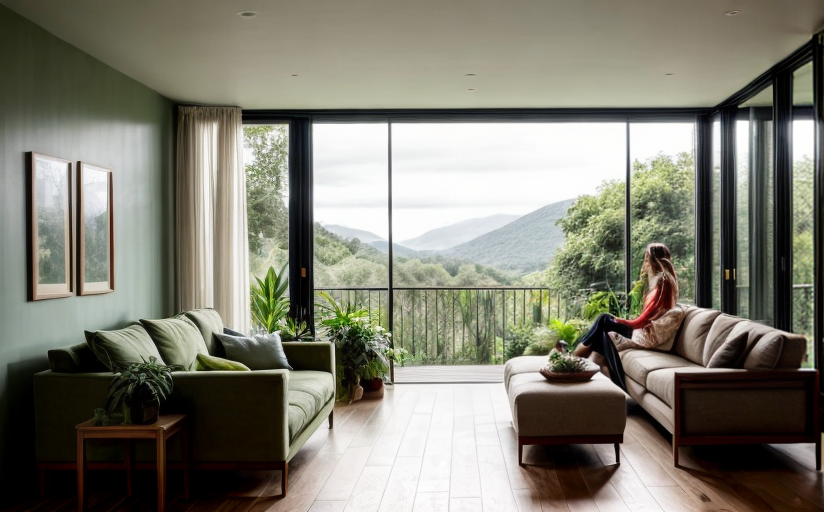
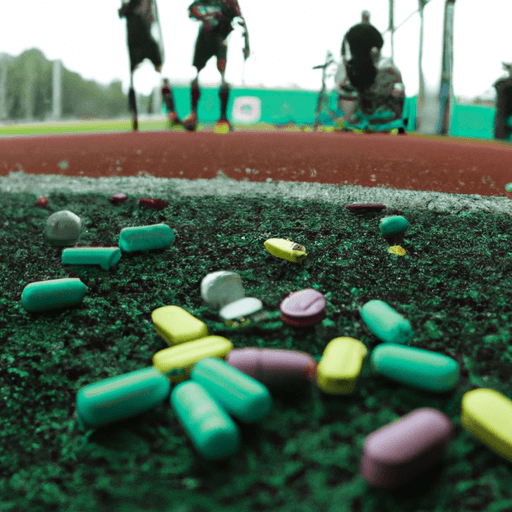
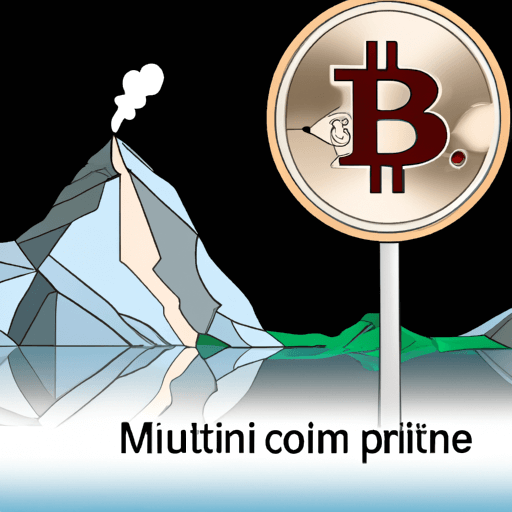

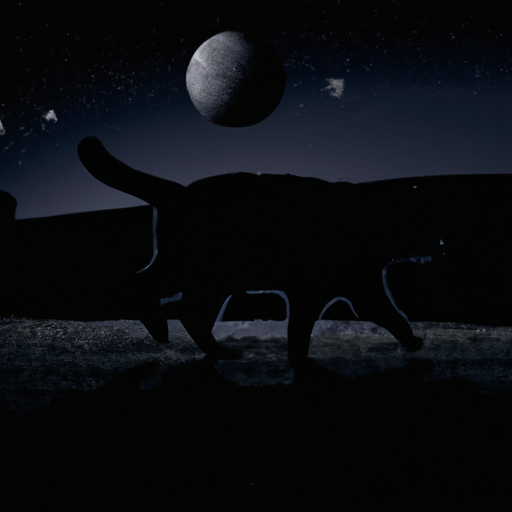
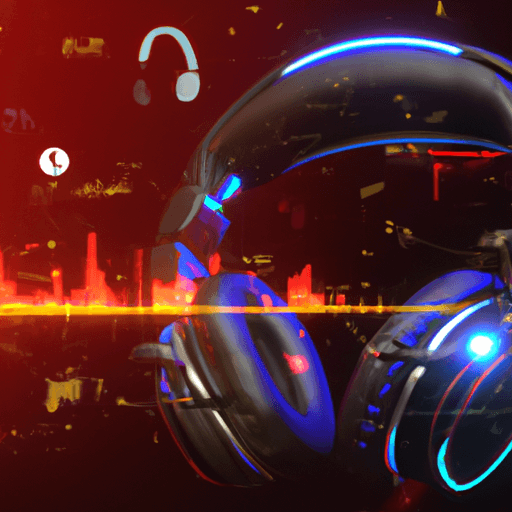
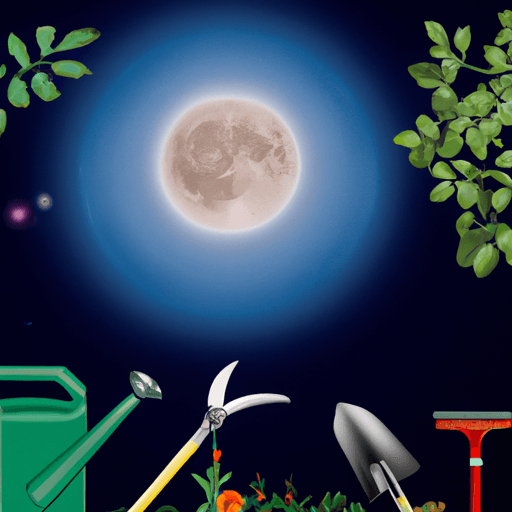
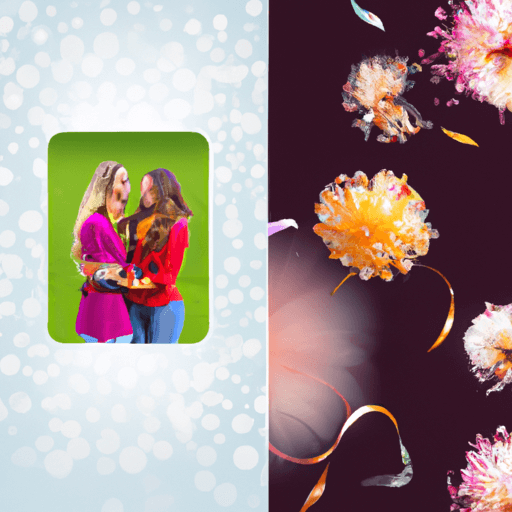
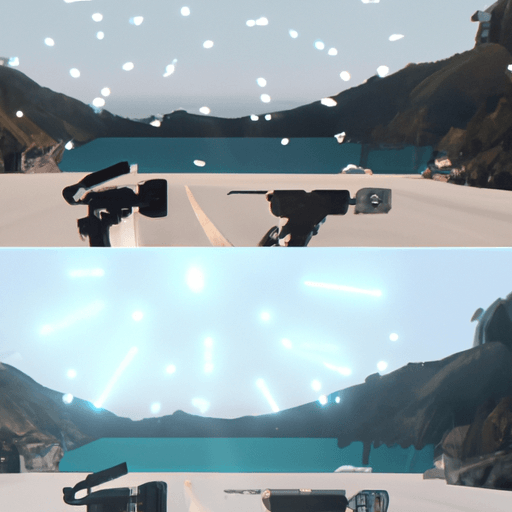
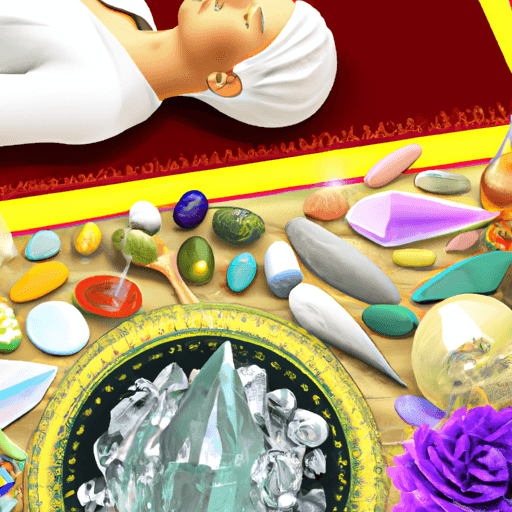
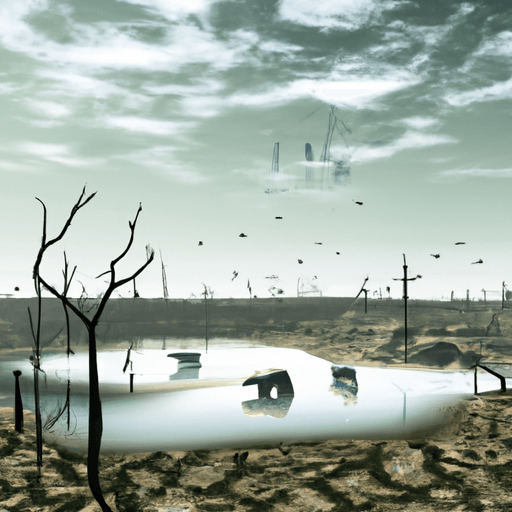




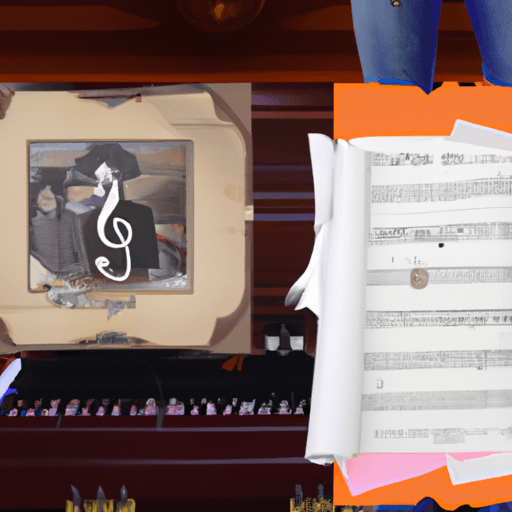
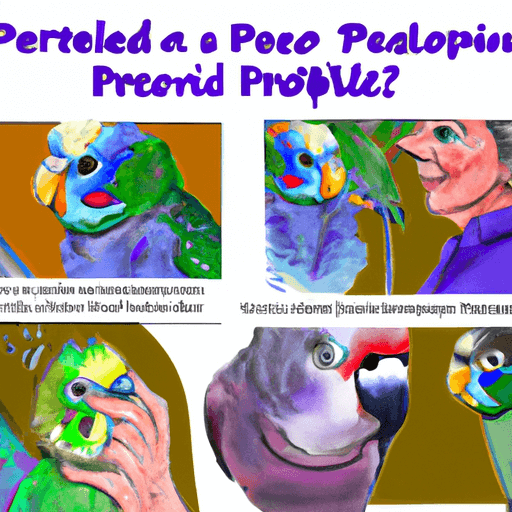
Comments
Leave a Comment